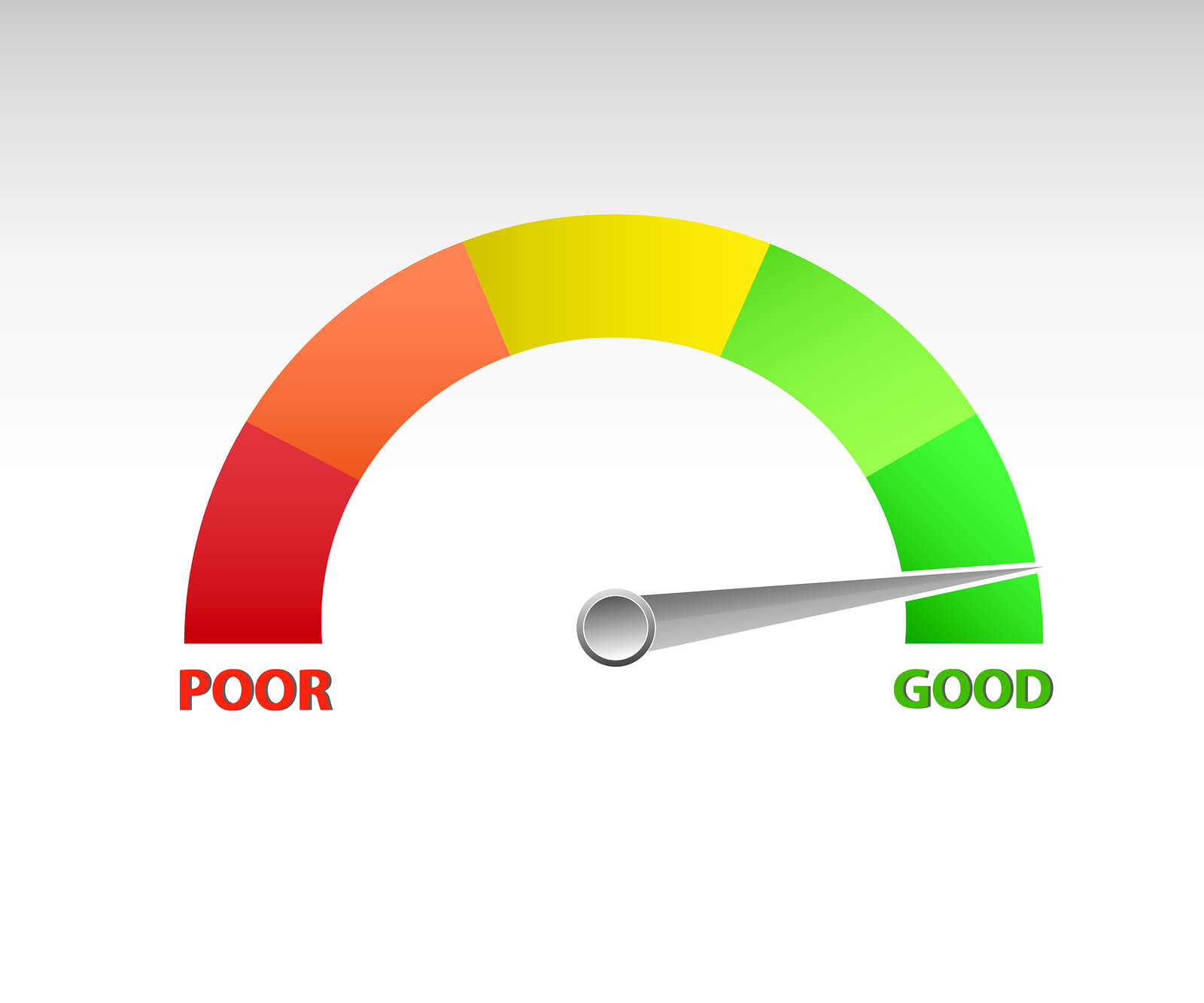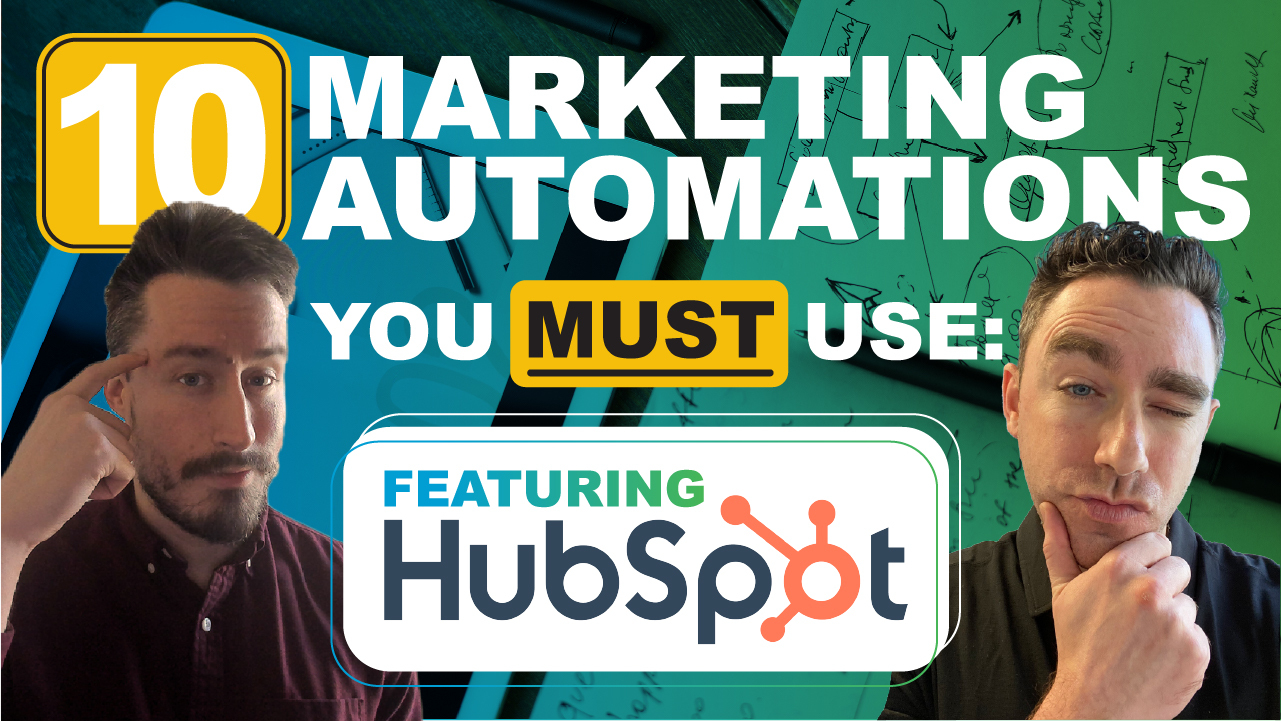
How to Increase the Quality Score for Your B2B AdWords Ads
What’s the most important factor for great AdWords performance? It’s knowing how to increase the quality score for Adwords ads.
Higher quality scores typically result in cheaper costs, higher ad ranks, and more leads.
Today, we’ll show you steps to improve quality score in AdWords.
It’s not as hard as it seems.
Why trust us?
We’re a B2B SaaS digital marketing agency with a lot of experience moving the needle in AdWords for dozens of mid-level companies.
The examples used are for B2B but the same basic science applies to B2C, too.
An ad’s quality score is made up of three main quality score factors: click-through rate (CTR), ad relevance, and landing page experience. Each of these can be improved iteratively to increase quality score:
1. Improving CTR is One of the Most Important Quality Score Factors
CTR is largely dependent on how well your ad copy, or the text in an ad, resonates with search users. The more your copy compels searchers to click your ad over others, the better your CTR.
Writing ad copy that converts at a higher rate is usually a matter of copywriting. Fortunately, there’s a short character limit to work with, and it is, therefore, easier to come up with creative variations that leverage clever copywriting.
To be a good copywriter, you have to understand the psychology and motives of your prospect. There is no better way to find this out than to talk to real customers and become an expert in your industry.
This is often more challenging and time-consuming for B2B marketers because of the complexity of the business. As a result, our PPC management company recommends interviewing salespeople or managers who are already subject matter experts.
Combine a top motive of your prospects with a compelling offer that drives users to click your ad. For example, let’s say you sell email management software and you find out customers mainly care about having a simple user interface that ultimately saves time and makes them more money.
You can combine that motive with a compelling offer that reduces the chance of buyer’s remorse with a guarantee or an offer promising more convenience. Examples include “Simple, Easy Email Software – 90-Day Money Back Guarantee” and “Simple, Easy Email Software – Installed In 10 Seconds Free”
We also suggest testing different “trigger words” or “power words” to see what performs best.
2. Improving Ad Relevance is Another Critical Component of Quality Score
Ad relevance refers to how relevant your ad is in relation to the keyword the user searched.
If an ad has a low relevance, see if the copy matches the search term the user used.
Low relevance usually occurs because a broad search type is used, and the targeting isn’t focused enough. As a result, the ad copy isn’t congruent with the search term.
For example, suppose a B2B chat communication software uses broad match type to target the phrase, communication software. This ends up picking up the search term, “deaf children’s communication software.”
The company uses an ad with a headline that just says “Software.” Therefore, it’s not as relevant to the search term as desired and will certainly get a low quality score.
As you can see, another huge problem with a broad search strategy is that you can end up paying for an ad to display on an irrelevant search term.
To fix this issue:
- Identify ads with a low quality score.
- Peel off the relevant keyword(s) with the most searches to the ad and create a new ad group around that keyword(s).
- Write the ad for the new ad group so that it has this keyword in the headline.
The quality score should increase because the keyword is now more aligned and congruent with the ad.
Also, stay on the lookout for irrelevant search terms you’re paying for, like “children’s communication software.” You can find these by clicking the “Keywords” section on the left sidebar and then clicking the “Search Terms” section at the top.

We’ve found this pattern of exhausting budget on irrelevant keywords time and time again when we do free AdWords audits. Save your budget for something worthwhile, like a Tesla.
If you find any that are appearing frequently, add these as negative keywords so that they are no longer targeted. And while we are on the topic, go ahead and check out our negative keyword list if you need ideas for common negative keywords.
Another way to avoid paying for irrelevant keywords is to move from a broad match type to phrase or exact match types by creating ad groups for each category of keywords you want to target. If you do so, make sure you use the same process just mentioned to ensure ads are relevant enough to search terms.
3. Improving Landing Page Experience is the Last Component of Quality Score and Ad Rank
As a refresher, a landing page refers to any page an AdWords ad sends users to.
The landing page experience is a measure of the quality of the visitor experience and if it fulfills expectations, e.g. compelling a conversion or matching the topic on the ad. Your conversion rate and quality score depend on this.
Generally, Google assesses this by observing the behavior of users that land on your page from your ad. If they’re leaving the page quickly without taking action, it’s a bad sign.
Landing pages are considerably more difficult to improve for quality score. But here are the top four areas to work on:
a) Write Congruent Headlines
Just like with ad relevance, it would make sense that the topic of your landing page headline should match the topic of the ad and search term. Otherwise, visitors are going to get confused and leave.
The more the landing page headline relates to the keyword searched, the better the quality score usually is.
Make sure your landing page headline and ad headline both mirror the topic searched.
For instance, if an ad headline reads “Cloud management software for businesses”, the landing page headline should mention the topic, too.
In this case, you should avoid a headline like “Software for aspiring professionals.” Why? Because “cloud management software for businesses” in not congruent with “software for aspiring professionals”.
This may seem obvious but this happens more than you think when you have many products, landing pages, and keywords you’re targeting. It’s easy to let something slip when you are managing a bunch of moving parts. Sadly, many people learn this the hard way.
b) Use Language That’s Easy To Understand
AdPushup found that a 20% increase in decision simplicity resulted in a 86% increase in likelihood to purchase and a 115% increase in likelihood to recommend.
Making your page as clear and simple as possible impacts the bottom line.
Therefore, replace complicated language with simpler words and outline the benefits your prospects will get with bullet points rather than overwhelming paragraphs of text.
Then end with a call-to-action that makes it clear what the user should do next (e.g. “Buy Now,” “Request A Quote,” etc.)
When a page looks confusing and there are too many elements competing for attention, a user can easily fail to take the step you most want them to (or worse, not even notice it’s there).
c) Have An Optimized Thank You Page
Thank you pages refer to the pages users are redirected to after they have completed a form on the landing page.
But have you considered how good (or bad) your thank you pages are?
Many thank you pages give little or no direction on what to do or expect next. Sometimes, they link to parts of the website that are totally unrelated to the search intent. This is not good.
Always set expectations with your users, especially if they’re asked to give their information in exchange for an offer. Let them know where and how they will get what was promised if you’re not giving it on the page itself.
If you’re offering an eBook that you will email to your prospects, make sure you tell them on the Thank You page how it will be delivered. Tell them that the eBook is on its way to their inbox rather than just saying, “Thank you.”
If the visitor purchased something, the last thing you want to do is to leave your customers confused about whether they will receive their purchase or how to get it. This is a surefire way to erode trust.
Want to keep your users on your website afterward? Link to relevant articles on your site. Even better, use the thank you page to collect more information on your customer or prospect so you can better serve them in the future. This is called “progressive profiling,” and thank you pages are a powerful place to do this.
d) Test Colors and Button Copy
Landing page colors and button copy likely do not have an effect on the quality score. However, they are important for improving how many visitors convert.
If you’re interested in improving conversions, check this out:
Different colors can have a noticeable effect on how well users convert. LeadPages tested a website color change that led to a 50% increase in conversions.
It’s important to test the color of the button on your web form. Because the more attention you draw to your main call to action, the likelier your users are to take action.
Similar to button color, the words on a button play a role in how many viewers will convert.
Small changes to copy like “Add to Cart” rather than “Buy Now” can have a noticeable difference. Legal Claimant Services increased conversion rate by 111.6% by changing a couple of words in their headlines.
Conclusion
Knowing how to increase AdWords quality score doesn’t have to be rocket science. If you identify and improve these three components of quality score, your score will move up substantially before you know it.
While the steps to improve quality score can seem intimidating if you hear it from others, that’s because they’re providing too many details and overwhelming you. As you can see, it can be fairly straightforward.
If you remain unconvinced of the simplicity or don’t have the time, like most busy marketers, just know that we do this all day, every day and can help.
What’s your biggest challenge right now with AdWords? Let us know in the comments and we’ll try to help for free.
You Probably Need a Negative Keyword List
View all posts filed under “PPC Management”
Back to the main blog overview
Return to WebMechanix.com homepage
Most newsletters suck...
So while we technically have to call this a daily newsletter so people know what it is, it's anything but.
You won't find any 'industry standards' or 'guru best practices' here - only the real stuff that actually moves the needle.






